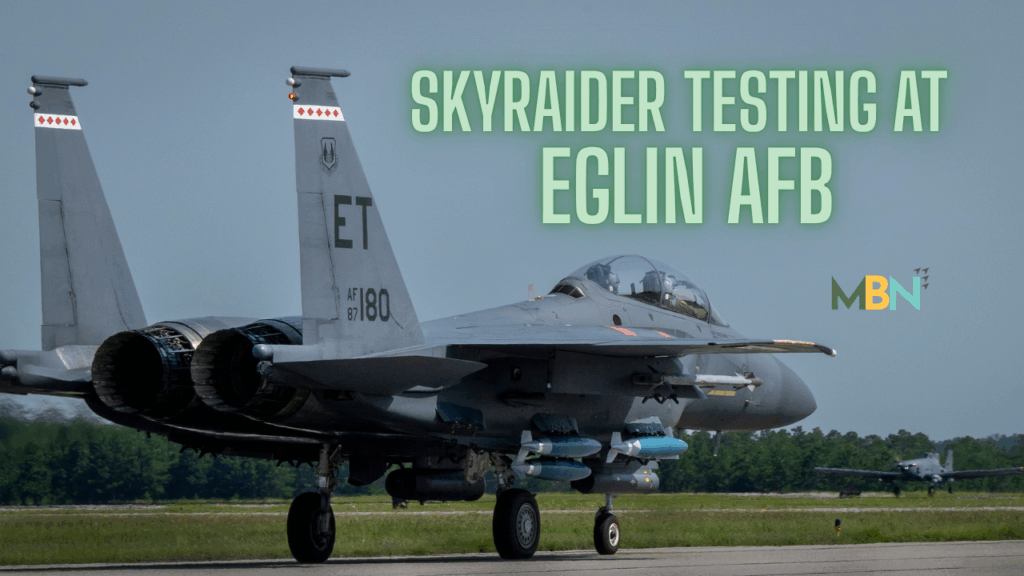
The OA-1K Skyraider II is being tested at Eglin AFB to validate its use in special operations missions.
The aircraft features a tailwheel design, requiring unique testing methods and pilot training.
Test pilots are evaluating the aircraft’s handling, human factors, and landing performance in challenging conditions, with future tests planned for weapons and sensors.
EGLIN AIR FORCE BASE — The U.S. Air Force’s newest crewed special operations aircraft, the OA-1K Skyraider II, is undergoing developmental testing at Eglin Air Force Base to determine whether it meets performance and mission requirements.
The 96th Test Wing, working in coordination with U.S. Special Operations Command, is leading the evaluation of the aircraft. The test campaign includes assessments of airworthiness, validation of manufacturer performance data, and testing the platform’s effectiveness in supporting special operations missions.
The OA-1K Skyraider II is designed to provide cost-effective support to special operations personnel working in austere, remote environments. The aircraft can be configured for multiple roles, including close air support, precision strike, and armed intelligence, surveillance, and reconnaissance (ISR).
One notable feature of the Skyraider II is its tailwheel configuration—an element not seen on an Air Force aircraft in more than 50 years. This required the test team to develop new evaluation methodologies and conduct additional pilot training. Test pilots trained on the aircraft’s civilian variant, the AT-802, to become proficient in flying tailwheel-equipped aircraft.
“There was quite a bit that went into this, from making sure we were compliant on the regulatory side to ensuring we had the proper operations support for the Skyraider II,” said Maj. Stephen Wakefield of the 96th Test Wing.
Aircrews with experience in mission sets similar to those envisioned for the OA-1K were selected to take part in the testing process. Maj. Jacob Marsh, a test pilot with the 96th TW, said his background flying un-augmented UH-1N helicopters at the U.S. Naval Test Pilot School helped him adapt to the aircraft’s unique demands.
“Flying the OA-1K has been a rewarding experience and certainly something that has required me to bring my skills to work every day,” Marsh said. “The fun of flying it is just a perk of the job.”
To date, test crews have completed evaluations of human factors, handling characteristics, and landing performance in austere environments. Future tests will focus on sensor capabilities and weapons delivery.
Register or login with Mid Bay News and never get another pop up on our site!